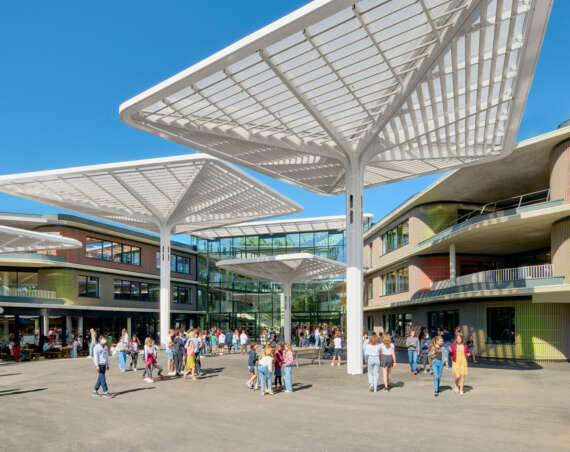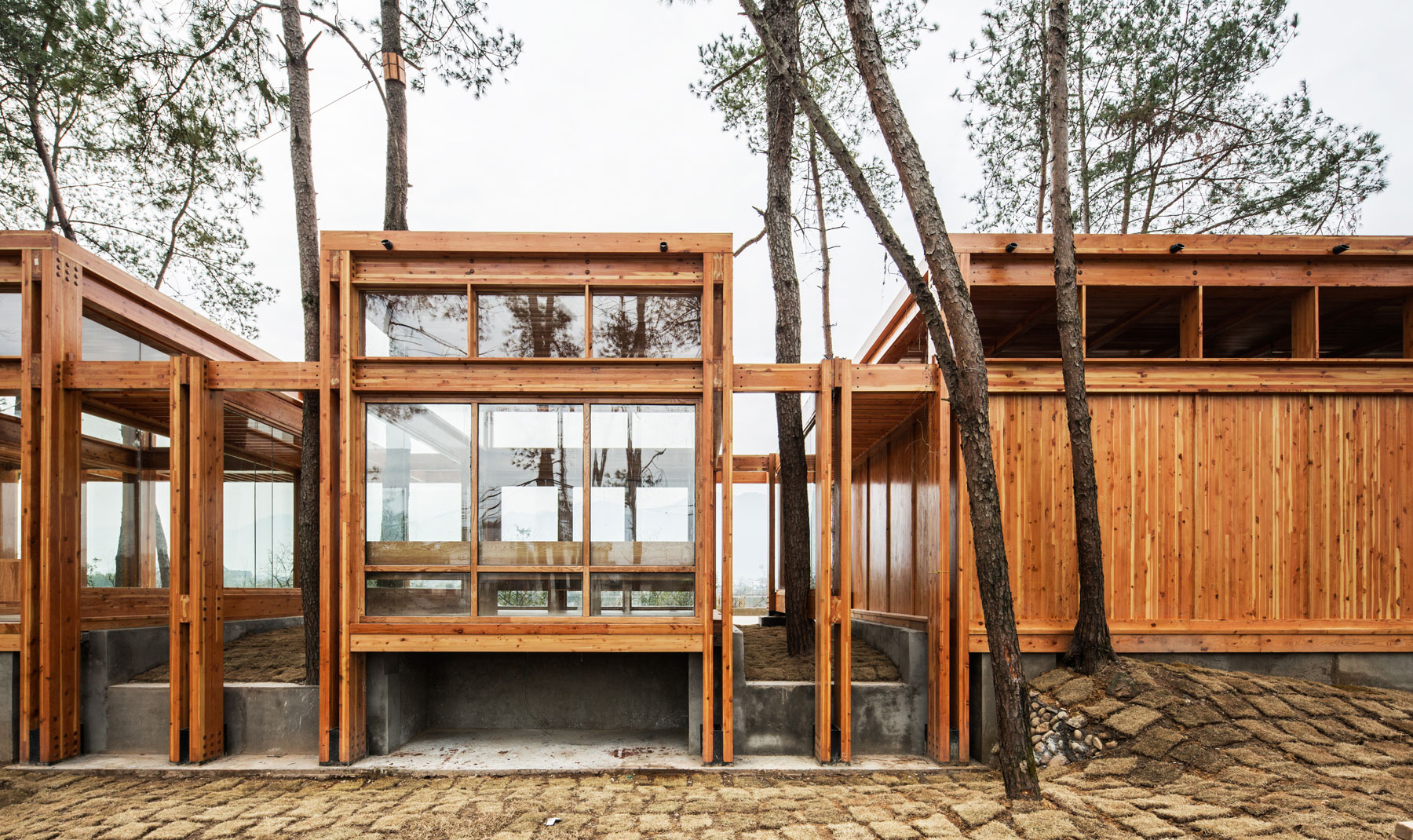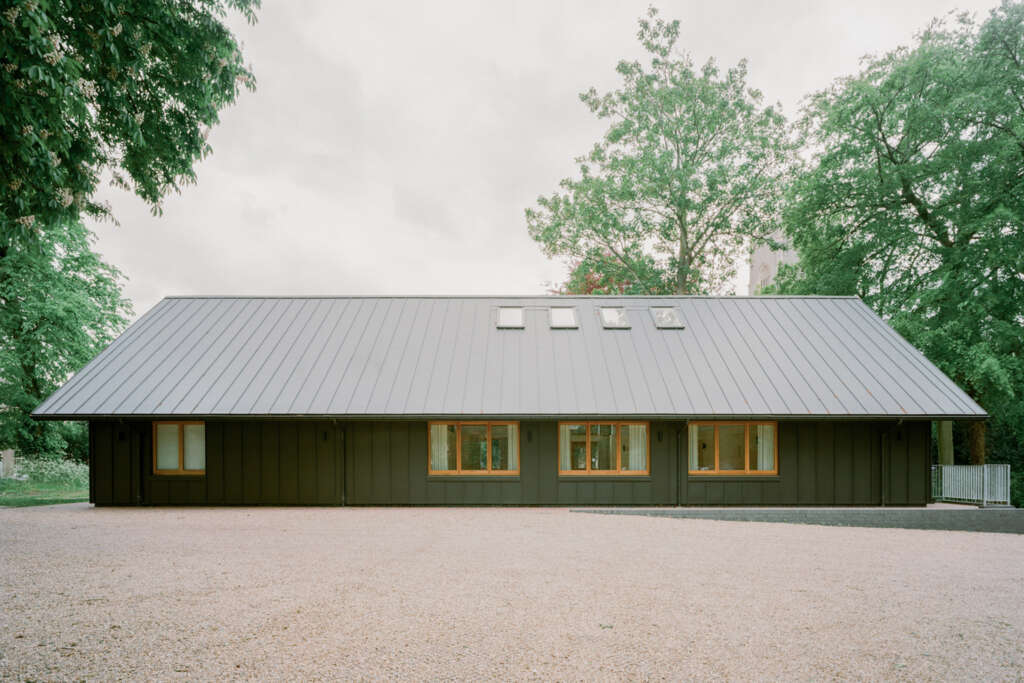
Castle Community Rooms
Architect: James Gorst Architects
Location: Framlingham, Suffolk, England
Type: Community Center
Year: 2023
Photographs: Lorenzo Zandri
The following description is courtesy of the architects. Castle Community Rooms, a new community building designed by James Gorst Architects for Framlingham Parochial Church Council (PCC) in the historic town of Framlingham, Suffolk, is now open and in use by local people.
The building provides a space for the whole community to come together, offering a full and varied calendar of social events, performances, classes, clubs, societies and celebrations. It is the outcome of over five years of dialogue, fundraising, design development and collaboration between the client, community groups, Framlingham Town Council and East Suffolk Council.
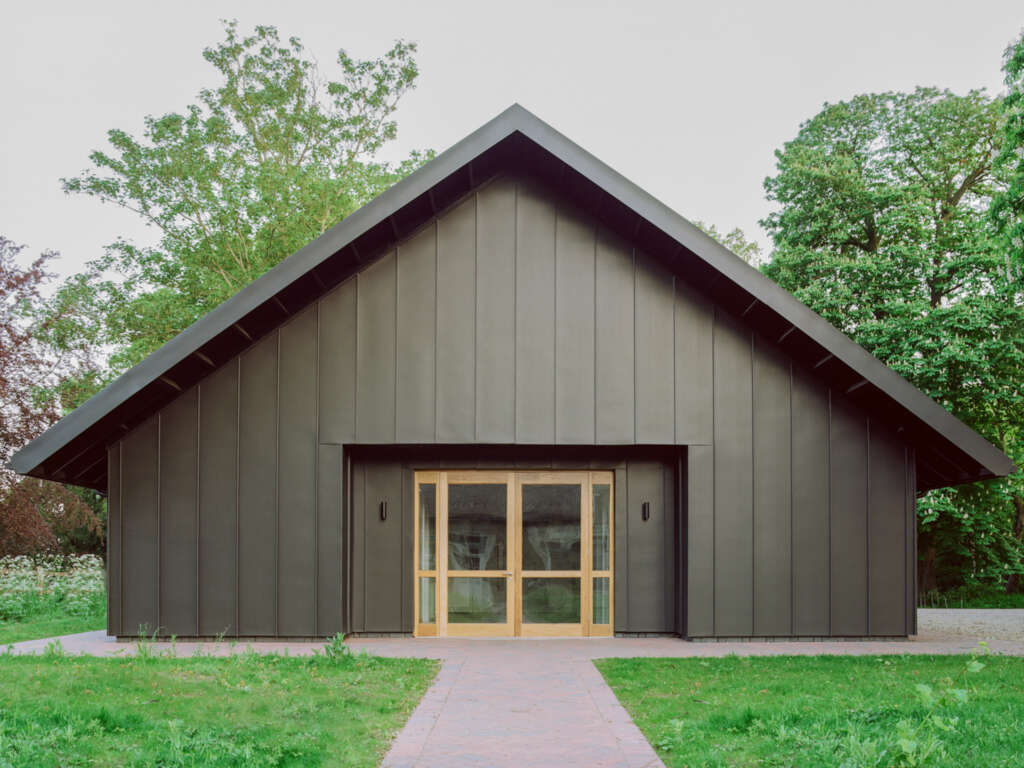
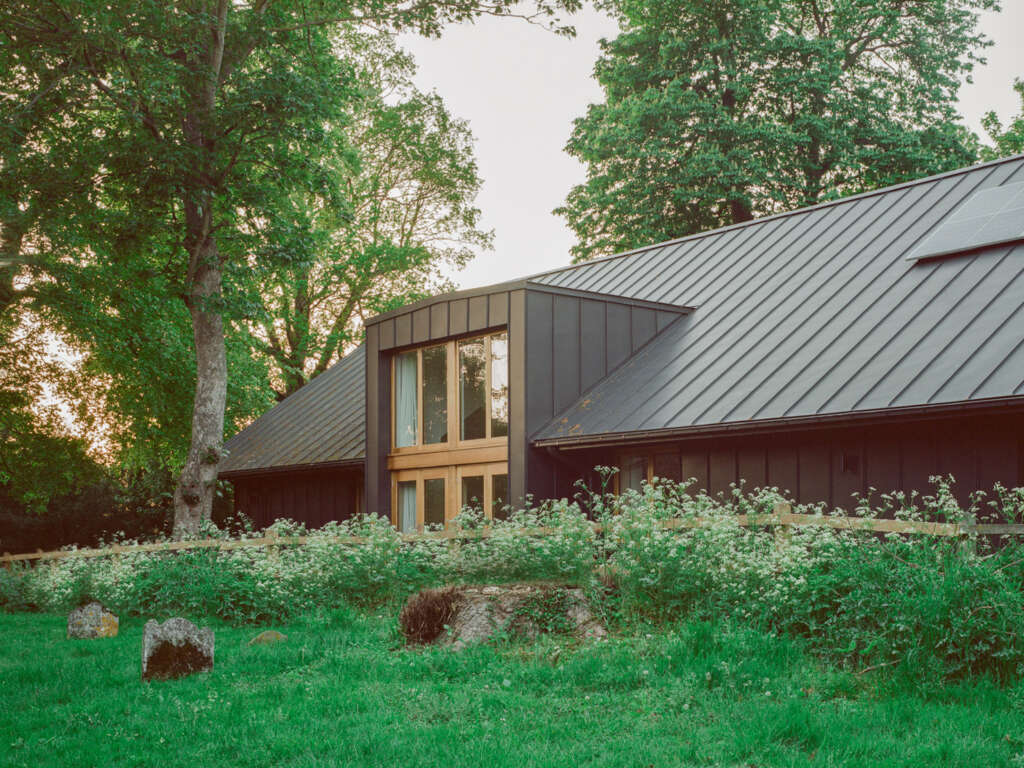
James Gorst Architects were approached by Framlingham Town Council and the PCC in 2018 to design a new building for the local community on the site of St Michael’s Rooms. The existing hall, built in 1898 as a prefabricated kit of parts, was an important community space in the centre of the town but issues of damp, subsidence and rot in parts of the timber frame meant that it had come to the end of its structural life.
The site is located between St Michael’s Church and Framlingham Castle, both Grade I listed buildings, in a sensitive archaeological area surrounded by mature trees. Laura O’Brien, Associate at James Gorst Architects said, “We designed a low-slung volume nestled among the trees to feel both sheltered and connected to the town. Creating a place for people to gather, socialise and meet was crucial to the vision for the project, which we see as a piece of social infrastructure for local people, whose views and needs were at the heart of our work throughout. The building opens out towards the churchyard and town to the south, enhancing the connection to the market and inviting the community in.”
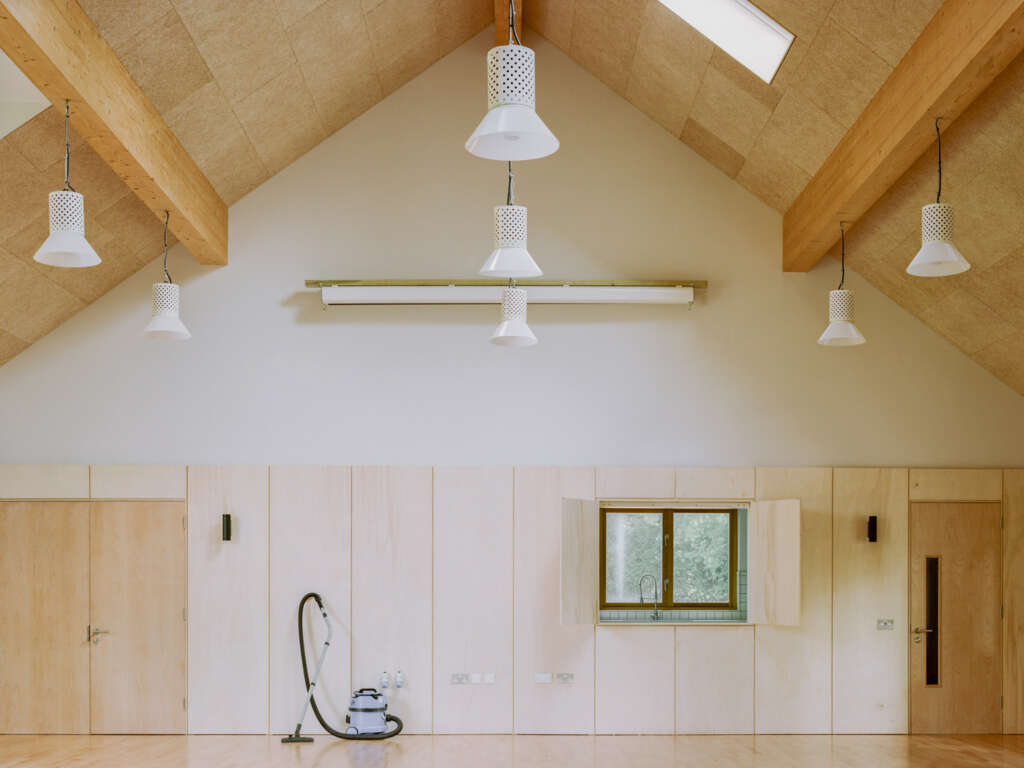
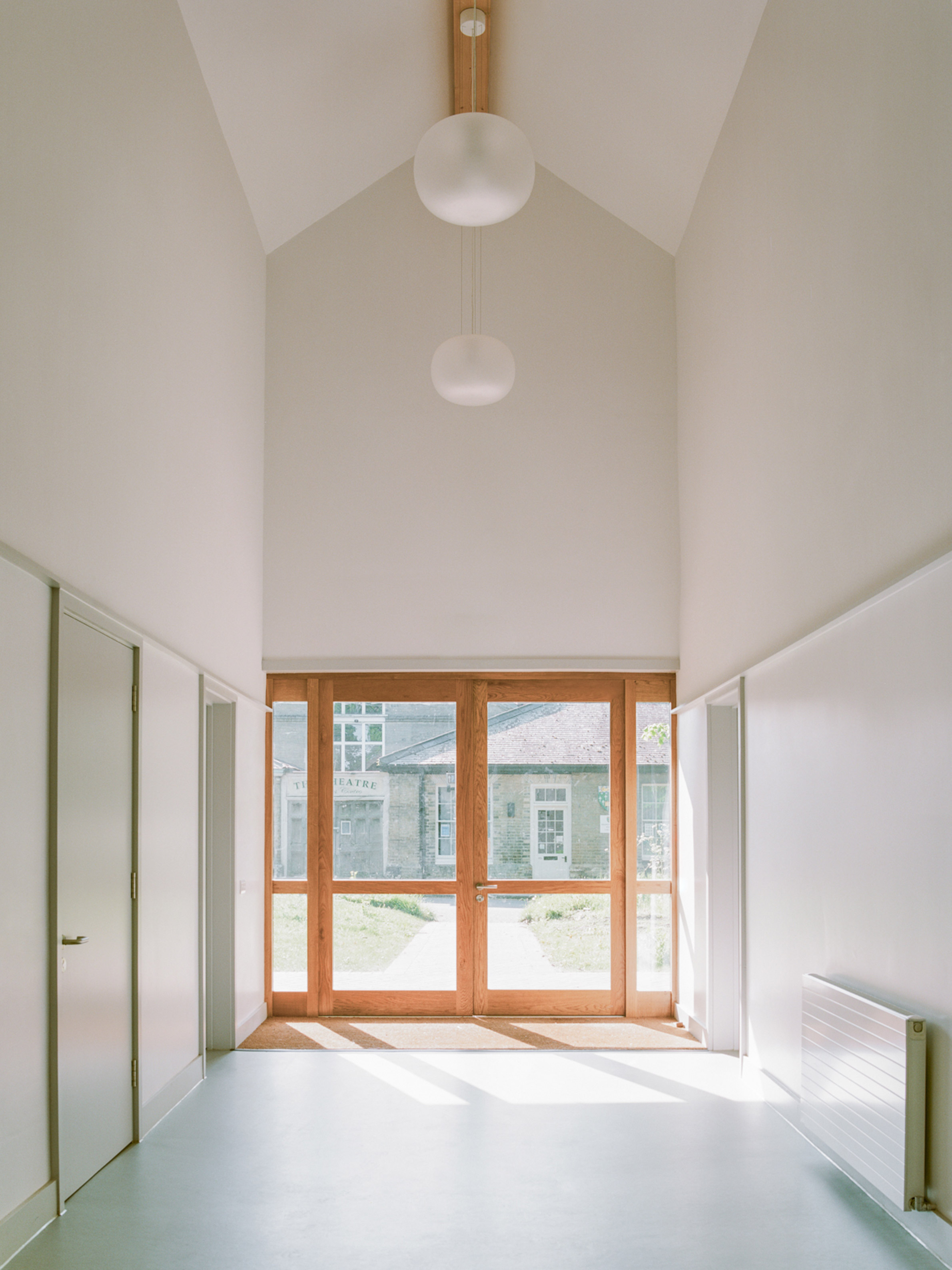
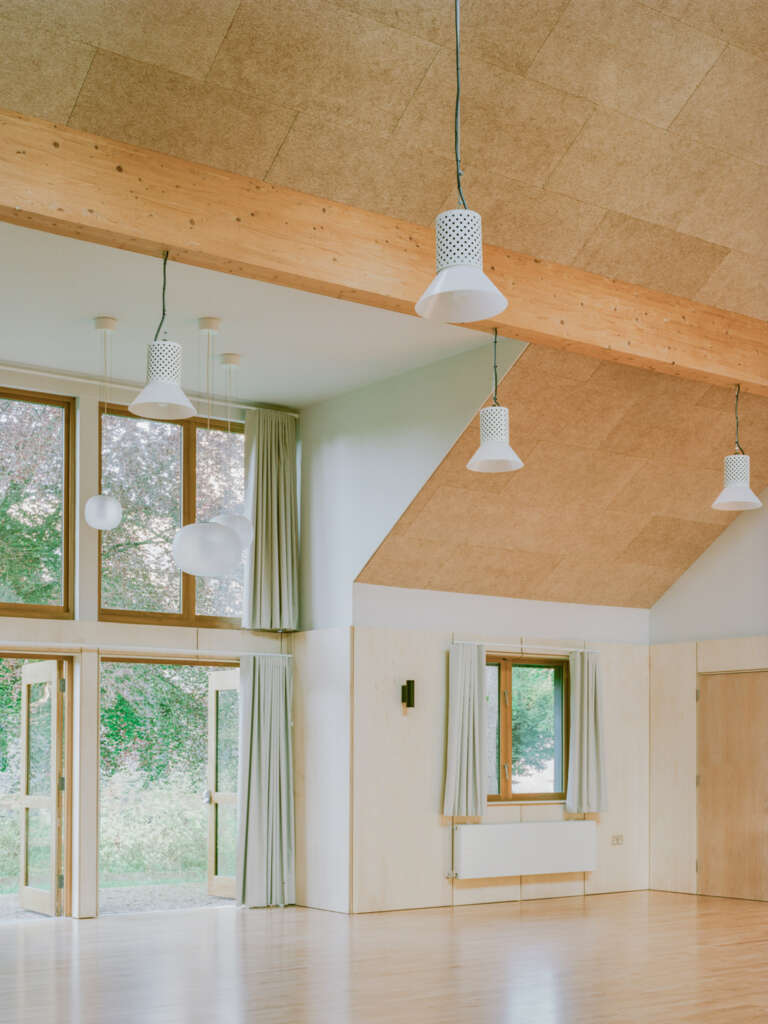
James Gorst Architects worked closely with the PCC and the wider community to develop the brief for a multi-purpose hall with capacity for up to 120 people that would be a useful and positive addition for local people of all ages. A small meeting room, office, toilets, and hot drink point are grouped around a double height foyer which opens on to Church Street. To the rear of the building a large kitchen, store and plant room connect directly to the hall, allowing multiple groups to use the building at one time.
Made possible by a mix of CIL (Community Infrastructure Levy) grants from East Suffolk Council, Framlingham Town Council, grant donations from other funding bodies such as the National Lottery Community Fund, and fundraising by the PCC and local community, the building uses high-quality, robust, natural materials and was constructed with the help of local craftsmen. The client and design team were committed to delivering a beautiful, contemporary building that expressed the high standards of craftsmanship involved in the construction.
Specialist piled foundations were designed to avoid disturbing the existing archaeology and tree root protection areas which cover large portions of the site. The timber frame was engineered to have a repeating roof structure and minimal glulam beams spanning the length of the building. Slim timber rafters cantilever along the eaves and gables to form sheltered outdoor spaces encouraging moments to pause or rest. The black zinc cladding wraps around the walls and roof, protecting the exposed timber beneath and creating a point of contrast with the solid oak framed, double glazed windows and doors. The front entrance is set back from the zinc cladding to create a deep threshold, creating a civic, yet welcoming presence.
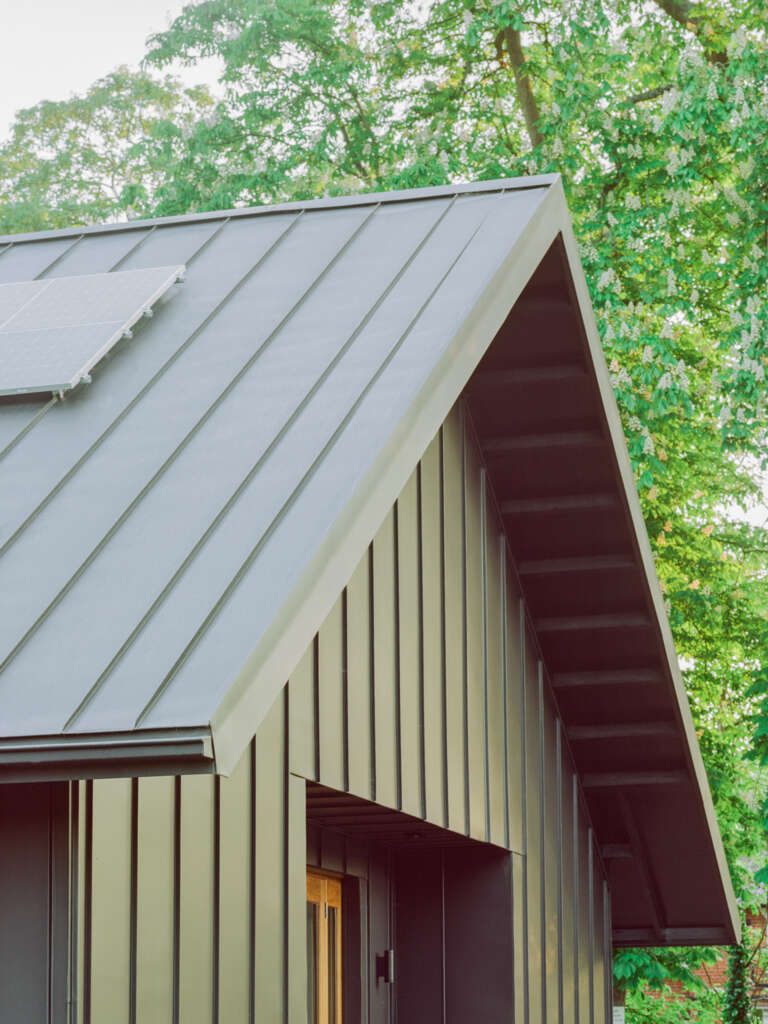
A 10m x 10m double-height, timber lined main hall anchors the building and is designed to adapt to different uses to accommodate a range of activities. ‘‘This gives users control over how the space is configured and helps to contribute to a sense of ownership. The pared-back, simple materials palette encourages ongoing interaction with the spaces and allows for a layering of local character over time,’’ adds Laura O’Brien. A solid beech sprung dance floor in the hall is designed for dancing and yoga classes. Natural wood-fibre acoustic panels on the ceiling create an environment suited to lectures, music and film. Poplar plywood panelling lines the walls, offering a richness, texture and warmth to the space.
The building design consciously prioritises sustainability principles, with a fabric-first, ‘lean, clean, green’ approach to energy. High levels of insulation, low-carbon structural members and robust, natural materials are used with high-efficiency lighting and passive measures, such as north-facing roof lights to the main hall which ventilate and avoid overheating of the space, to minimise energy demand. Renewable energy and technologies are used intelligently, including south-facing solar panels which reduce reliance on the National Grid and provide a sustainable energy source for the building.
“Throughout this project, the responsibility of creating a new building in such a historic and picturesque context has been at the forefront of our minds,” said James Gorst, Director of James Gorst Architects. “The new hall, with its crisp metal cladding and simplicity of form intentionally references the traditional black barns of Suffolk. Our aim is for the new building to be a quiet and respectful counterpoint to the church and the surrounding trees.”
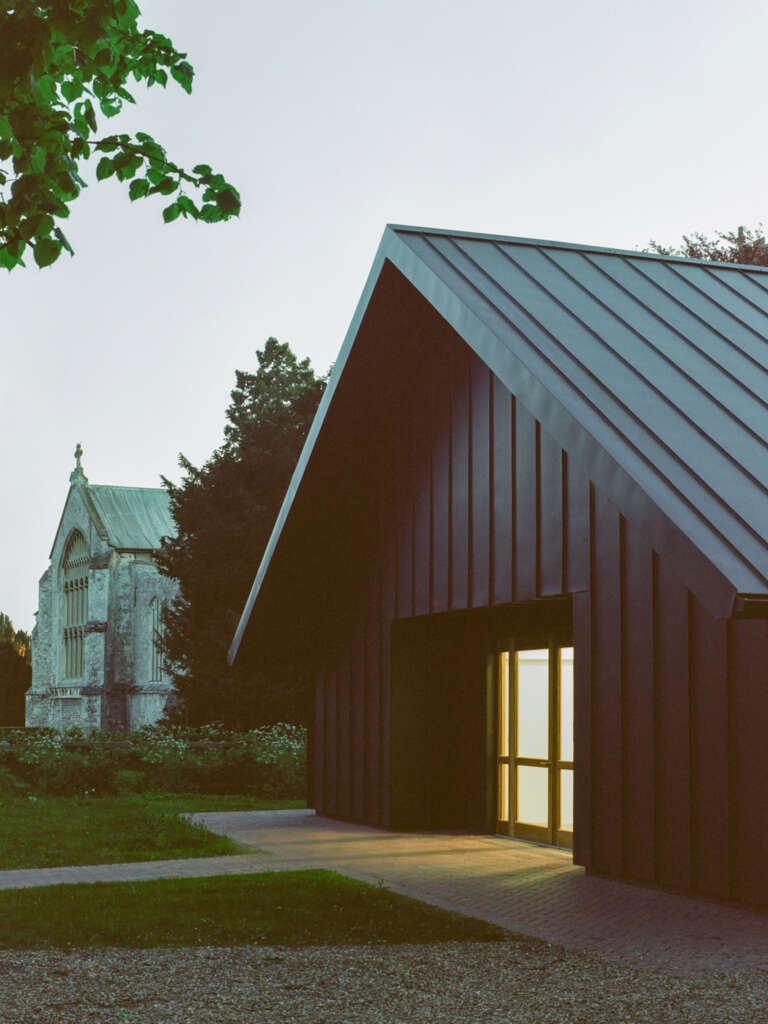
Project Details
- Architect: James Gorst Architects
- Client: Framlingham Parochial Church Council
- Contractor: Seamans Building
- Timber Frame: Anson Timberworks
- Structural Engineers: Stroud Associates
- M&E Engineers: JDGray Associates
- Quantity Surveyor: Hyams
- Acoustic Consultants: RBA Acoustics
- Gross Internal Floor Area: 237sqm


